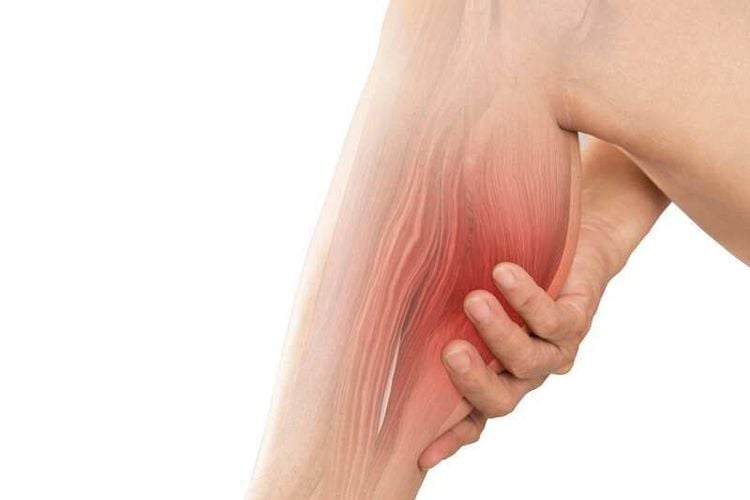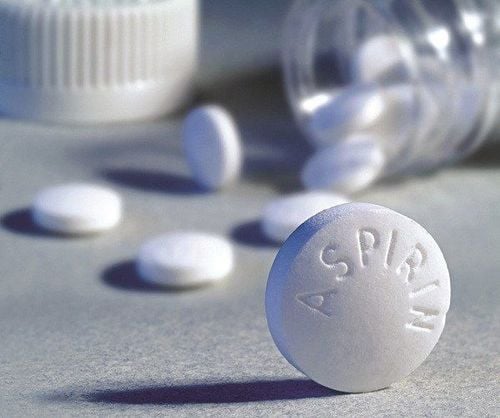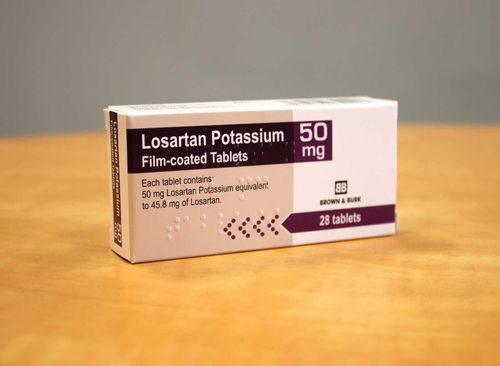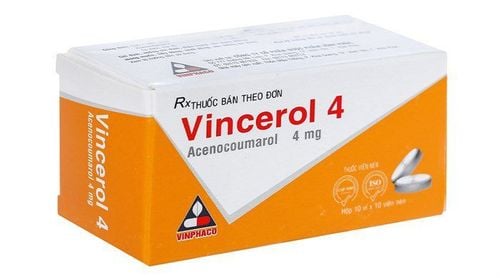This is an automatically translated article.
The article was professionally consulted with Master, Doctor Pham Van Hung - Department of Medical Examination & Internal Medicine - Vinmec Da Nang International General Hospital.Peripheral artery disease, also known as PAD, is a disease involving the arteries that causes pain, cramping, and slow healing of ulcers. So what is peripheral artery disease?
1. What is peripheral artery disease?
Peripheral artery disease (PAD) is a condition of atherosclerosis in the extremities, especially in the lower extremities. Understandably, when plaques from fat, cholesterol, fibrous tissue or calcium accumulate in the arteries that carry blood to the brain, to other parts of the body, it will cause localized blood loss. Because these substances will harden over time, narrowing the arteries, restricting the flow of blood to other organs.
This disease often affects the arteries in the legs because this is where we are most active, and it is also a remote location to be able to receive enough blood fastest. But it can also affect other limbs such as the brain, kidneys, hands,...
When peripheral artery disease takes place for a long time, it will cause severe anemia in the limbs, creating ulcers. Sores often appear on the toes or on the whole foot, especially after an injury. Ulcers tend to become progressively worse, leading to necrosis, serious infection, and cellulitis.
2. Signs to recognize peripheral artery disease
In many cases when peripheral artery disease is mild, the patient may have no symptoms or mild symptoms such as fatigue during long walks. But peripheral artery disease can cause claudication. Claudication is a painful, uncomfortable feeling in the leg when you walk, but the pain goes away when you rest. Maybe it's not the intense pain, but the tight, heavy feeling in the foot when climbing uphill or climbing stairs. The longer the pain lasts, the shorter your commute, and gradually the pain will appear even if you travel a short distance.Other basic symptoms such as:
Cramps in the arms, legs or at the location of blocked arteries Muscle mass pain after activity Cold feet Pain in toes, feet Long-term wounds that do not heal Fingernails and legs slow growth Development No pulse in legs or weak pulse Erectile dysfunction in men Pale color of feet, no pigmentation This is a disease that can occur in both men and women in equal numbers. Especially people with diabetes, obesity or adults over 50 years old have a very high risk of developing peripheral artery disease.

3. Factors that increase the risk of peripheral artery disease
There are many factors that can increase the risk of peripheral artery disease such as:Smoking High blood pressure (>140/90 mmHg) High cholesterol (> 240 mg/dL or 6.2 millimoles/liter). ) High levels of homocysteine Genetic factors when someone in the family has peripheral artery disease or heart disease, stroke.
4. Measures to prevent peripheral artery disease
The main risk of peripheral artery disease is due to an unhealthy lifestyle for a long time. Therefore, if you want to prevent or reduce the possibility of this disease, the best way is to build a healthy lifestyle.4.1 Daily exercise
It is necessary to maintain an active habit such as jogging for 35-40 minutes or exercising every day. This is an effective way to increase blood circulation, improve blood filtration, and provide oxygen to the body.4.2 Using pillows when sleeping
When sleeping to reduce the possibility of disease should keep the feet lower than the heart. That is, you should rest your head with a pillow from 10cm to 15cm to help blood move to the feet better.4.3 Care for the feet
Pay attention to the condition of the feet such as checking for wounds or calluses because when the peripheral artery disease is severe, it is easy to cause foot ulcers that are difficult to heal.It is recommended to wash your feet with warm water every day and gently wipe your feet. Be especially careful not to choose a shoe size that is too tight or too wide for you.
4.4 Design a scientific, healthy diet
Pay attention to choose nutritious foods, increase the intake of vegetables, provide adequate vitamins A, B6, C and E, folate, fiber; and omega 3 fatty acids as well as limiting foods high in saturated fat or salty foods. Getting into the habit of binge eating is good for long-term health.
4.5 Drink lots of water
This is the principle of protecting health, avoiding all kinds of diseases. Should drink enough from one to two liters of water per day to purify the body, avoid falling into a state of dehydration.4.6 Maintain a healthy weight
You need to check your body mass index (BMI) to ensure that you are always at a normal level, and lose weight as soon as your index is too high.Avoid exposure to cold temperatures such as eating and drinking too cold food, not wearing enough warm clothes, causing a sudden drop in body temperature. Because blood vessels are very susceptible to constriction when exposed to extremely cold temperatures.
4.7 Quit smoking
Tobacco is a major contributor to the constriction of blood vessels and severely affects them. Smoking too much can make peripheral artery disease (PAD) worse.Periodic health checkup is one of the ways to prevent and detect peripheral artery disease in time, from which to have a treatment plan to achieve optimal results. Currently, Vinmec International General Hospital has general health checkup packages suitable for each age, gender and individual needs of customers with a reasonable price policy.
The patient's examination results will be returned to the home. After receiving the results of the general health examination, if you detect diseases that require intensive examination and treatment, you can use services from other specialties right at the hospital with quality treatment and services. outstanding customer service.
Please dial HOTLINE for more information or register for an appointment HERE. Download MyVinmec app to make appointments faster and to manage your bookings easily.














